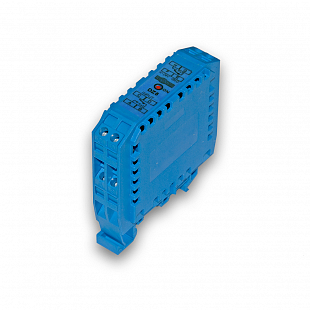Can you help us with the website?
Don't worry, it's small text information that helps us evaluate the site or target relevant advertising. More about cookies here.
It will help us greatly if you enable everything. You can only enable the cookies you want. Alternatively, it is possible to disable everything except those strictly necessary for the functioning of the site.
Flood sensor Regmet DZ4. Designed for signaling fault conditions. Relay outputs OUT E, relay. More information
Out of stock - can be requested
Would you like to get a price offer? Contact us
| Design | For DIN rail |
| Number of levels | 1 |
| Power | 24 VDC, 24 VAC |
| Protection IP | IP 20 |
| Weight | 0.10 kg |
DATA SHEET download
Download PDFDZ5 flood sensors on a DIN rail are designed to detect water leaks in environments such as heat exchanger stations or boiler rooms. These conductivity-type sensors are connected to probes, such as the DS type, using a two-wire cable with a recommended maximum length of 5 meters. The device has two relay outputs that react to the connection of the probe electrodes with the conductive medium, thereby signaling flooding. In case of flooding, the red LED lights up on the device. The sensor is designed for direct mounting on a DIN rail and is powered by 24 VDC or 24 VAC.
Note: The device is not intended for permanent level sensing or for regulating the level, but for signaling malfunctions of space flooding.
We respond to your product queries as quickly as possible, usually within 24 hours.
Shopping with us
Personal collection of goods
Opening hours
Payment options








Delivery options












Contact
Copyright © 2024 BOLA spol s.r.o.

 Bola.cz
Bola.cz


Didn't find what you wanted to know?